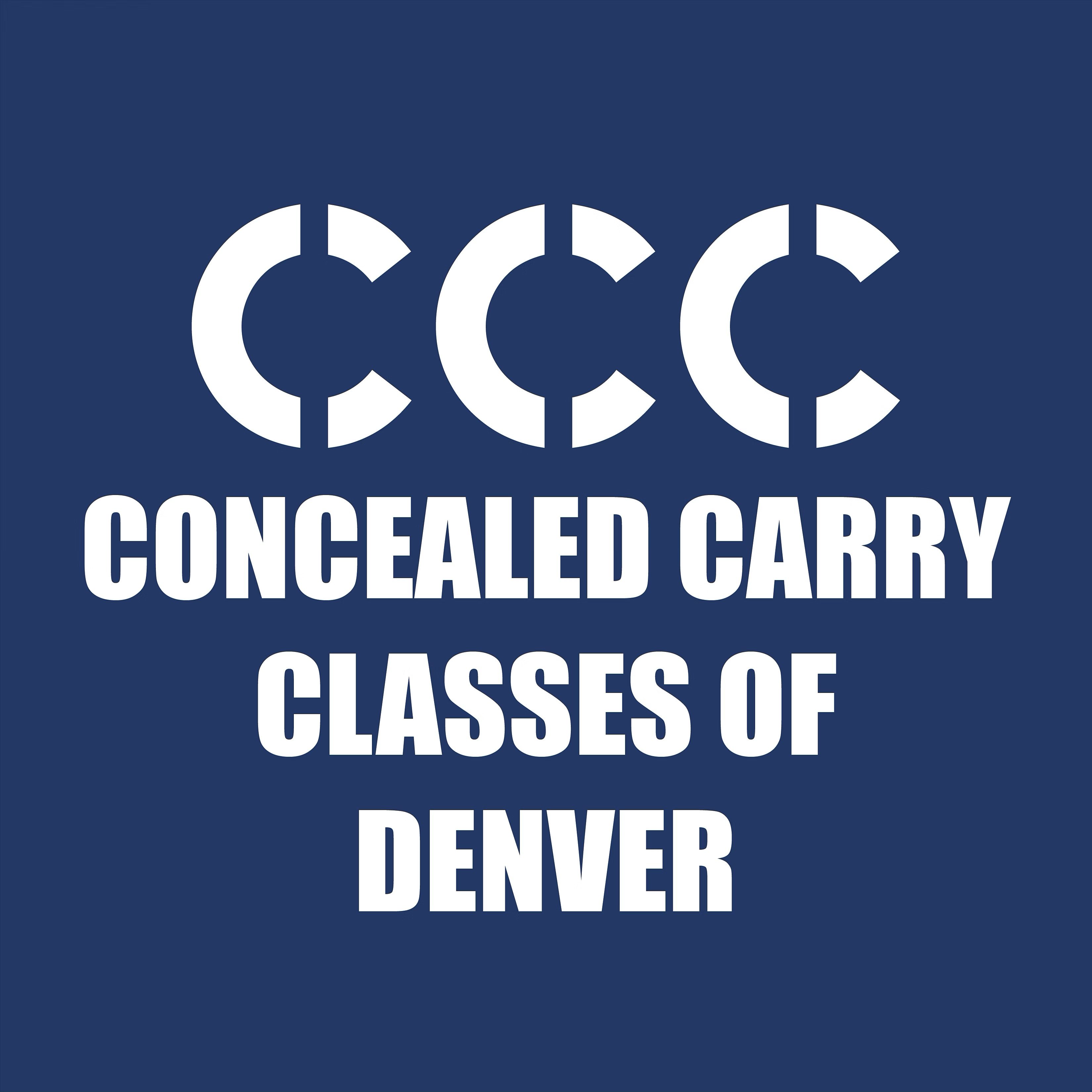“Balancing Force and Responsibility: The Ethical and Legal Guide to Proportionate Self-Defense for Colorado’s Gun Owners and CHP Holders”
In the state of Colorado, the rights of gun owners and Concealed Handgun Permit (CHP) holders are accompanied by a significant responsibility, especially when stepping out of the safety of their homes into public areas such as gas stations, markets, and while running daily errands. This responsibility is magnified by the principle of proportionality in the use of force for self-defense, a concept meticulously detailed in Colorado Revised Statutes, particularly section 18-1-704. This legal framework doesn’t just outline the rights to self-defense but emphasizes the critical need for the force applied to be reasonable, prudent, and, importantly, not excessive relative to the perceived threat.
The essence of proportionality lies in ensuring that any physical force, including deadly force, employed in a defense scenario is strictly aligned with the immediate threat level. This principle is fundamental for maintaining the legal and ethical standing of gun use in public spaces, ensuring that the actions of CHP holders are defensible both in the court of law and the court of public opinion.
Deep Dive into Statute 18-1-704: The Legal Foundations of Proportionality
Statute 18-1-704 sets a clear boundary between justified self-defense and excessive force. It establishes the conditions under which an individual is deemed justified in using physical force to protect themselves or others from what they reasonably believes as the imminent use of unlawful force. Crucially, the statute delineates when deadly physical force is permissible, emphasizing that it’s only an option when the individual believes that lesser forms of force would be inadequate to prevent imminent danger of being killed or receiving great bodily injury.
This statute also outlines specific instances where the use of physical force is unjustifiable, such as in cases where an individual provokes an attack with the intent to cause bodily harm or death or is the initial aggressor in a conflict. Furthermore, it addresses the misuse of force in situations motivated by the discovery or disclosure of a person’s gender identity or sexual orientation, highlighting the importance of the motive behind the use of force in determining its justifiability.
Proportionality in Practice: Hypothetical Scenarios
To better understand the application of proportionality, let’s examine more detailed hypothetical scenarios:
- A Heated Exchange in a Public Setting: Imagine a CHP holder is caught in a heated argument in a crowded public park. The opponent, while aggressive, is unarmed and shows no intention of physical violence. The principle of proportionality dictates that the CHP holder should prioritize de-escalation and retreat if possible. Drawing or displaying a weapon in this scenario could be legally interpreted as excessive, given the absence of an immediate physical threat. The focus should be on calming the situation or leaving it, with force used only if the threat escalates to physical violence.
- Intervention in an Armed Robbery: In a scenario where an armed robbery is taking place, and the perpetrator is threatening the life of a bystander with a firearm, a CHP holder may find deadly force to be proportionally justified. The imminent threat to life here clearly delineates the necessity for potentially lethal intervention. However, the CHP holder must assess the situation carefully, considering the safety of bystanders.
Expanding the Discussion: Ethical Considerations and Continuous Education
The principle of proportionality extends beyond legal requirements, touching on the ethical considerations of gun ownership and use in public spaces. It challenges CHP holders to consider the broader implications of their actions, urging a mindful approach to the power they wield. Continuous education on self-defense laws, conflict de-escalation techniques, and regular training in the use of firearms are indispensable for CHP holders. Such preparation not only ensures compliance with the law but also fosters a community of responsible gun owners who prioritize safety and the sanctity of life above all.
Conclusion
The application of proportionality in the use of force by gun owners and CHP holders in Colorado is a testament to the balance between the right to self-defense and the responsibility to use that right judiciously. Understanding and adhering to the nuances of statute 18-1-704 is crucial for anyone who chooses to carry a firearm in public spaces. It’s about making informed decisions that are legally defensible and ethically sound, ensuring that the use of force is always a last resort, applied judiciously, and proportionate to the threat encountered. In the pursuit of safety and security, proportionality serves as the guiding principle, ensuring that the response to threats remains reasonable, responsible, and, ultimately, within the bounds of the law.
Legal Disclaimer
This article is intended for informational purposes only and does not constitute legal advice. The information contained herein is based on a general interpretation of Colorado’s Revised Statutes, particularly section 18-1-704, and is not intended to provide specific legal guidance for individual situations. Laws and interpretations of those laws can vary widely based on the specific facts of each case, and they are subject to change based on new legislation, court decisions, or administrative rulings.
Readers are cautioned not to rely solely on this article as a basis for making decisions regarding the use of force in self-defense situations. The scenarios presented are hypothetical and intended to illustrate principles of proportionality; they should not be taken as advice for any actual situation.
Gun owners and Concealed Handgun Permit (CHP) holders are strongly encouraged to seek the counsel of a licensed attorney for legal advice tailored to their particular circumstances. Additionally, individuals should engage in ongoing education and training related to self-defense laws, firearm safety, and conflict de-escalation techniques.
The author and publisher of this article disclaim any liability, loss, or risk incurred as a consequence, directly or indirectly, of the application or use of any content of this article. By reading this article, you agree that neither the author nor the publisher shall be held responsible for any errors, omissions, or misunderstandings in the information provided.


